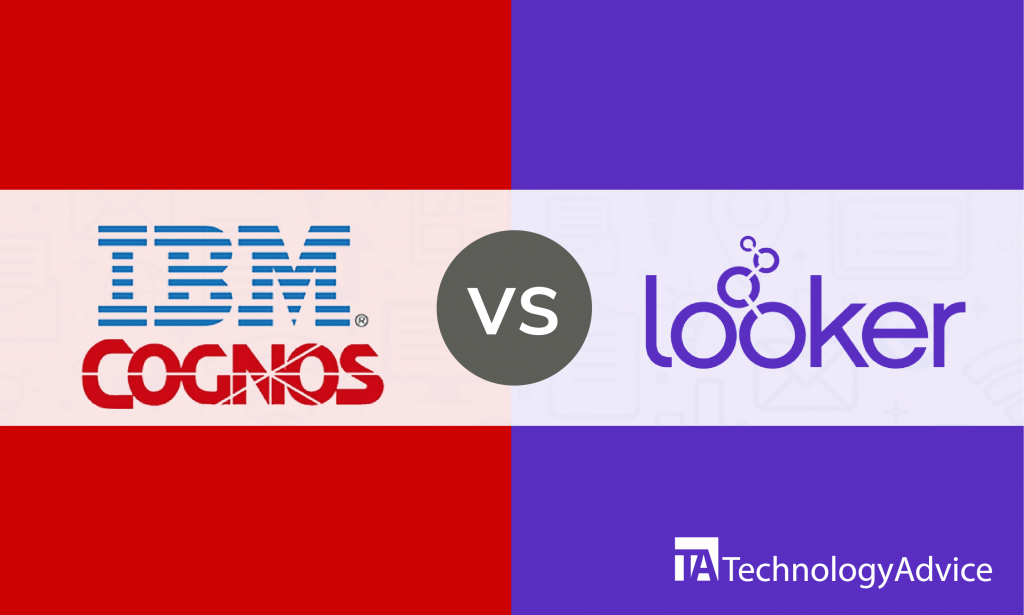Tableau and SAS have proven time and again how BI software can have a significant contribution to the success of a company.
A comprehensive business intelligence software can help a business grow by collecting raw data, methodically analyzing the data, and generating reports. The reports will show the strengths and weaknesses of an organization so they can adjust accordingly. These reports are also useful in avoiding major business mistakes in the future.
Tableau has consistently been on the top of the BI software choices worldwide, while SAS has been in the BI software business since the 1970s.
We compare Tableau and SAS side-by-side to see how each handles the features of BI software.
If you’re still looking around for the best business intelligence systems for your needs, we can send you a free list of recommendations. Use our Product Selection Tool to request your shortlist of the top five BI solutions for your organization. Getting started is easy and takes less than five minutes.
An overview of Tableau vs. SAS
Tableau was founded in 2003 and was acquired by Salesforce in 2019. It is one of the most popular BI software solutions that allows companies to gather, visualize, and communicate data within their organization. Tableau is accessible on desktops and mobile devices.
SAS is one of the earliest software providers in the world. In addition to the SAS Business Intelligence and Analytics software, SAS also provides business intelligence to businesses through its primary module, SAS Visual Analytics. With the use of SAS Visual Analytics, businesses can find, scrutinize, and have visual interactions with important company data. SAS may be installed on mobile devices as well.
In this article, we’ll take a closer look at what Tableau and SAS can do for your company, so you can decide which BI software is the better fit.
Feature comparison for Tableau vs. SAS
Dashboard
Users of Tableau can create and customize dashboards according to the specific design and format they prefer. They can add multiple views and various objects and let users use filters. Users can easily publish dashboards and share them with others without programming.
For SAS Business Intelligence, users also get customizable dashboards that can easily link with SAS-generated reports and data gathered from external sources. The SAS interface is user-friendly and requires a simple point-and-click method to create visually appealing dashboards. On top of that, users can create desktop notifications to let them keep a close eye on what’s happening to their business.
Collaboration
Tableau lets the members of an organization stay connected and updated through its public dashboard. Users can easily input data into this dashboard to readily share the information with other users within the same company.
MS Office has a direct integration to SAS that makes sharing important details between SAS users easier.
Mobile accessibility for Tableau vs. SAS
Tableau users can access business reports and analytics straight from their mobile devices because this BI software is mobile-friendly.
SAS has the SAS Mobile BI application, which enables users to view the reports on-the-go from their iOS and Android devices.
Also read: Alteryx vs. Tableau: Working Together
Interactive visualization
Tableau’s high-quality data visualization is what made it rise above other BI software products. Tableau made the process of creating interactive data visualization simple for all users, so even individuals without programming skills can easily create data visualization.
SAS lets users create interactive data visualizations to help a business effortlessly pinpoint and understand data relationships and patterns. The interactive charts and graphs created through SAS can be shared with third-party applications as well. Dashboards may be created in SAS without the need for coding.
Analytics
Tableau has powerful analytic capabilities that help users understand trends and forecasts. The BI software’s analytic functionalities are improved due to Tableau’s data connection with sources such as Google Analytics and Salesforce.
SAS offers real-time, visual analytics to help users understand even the most complex analytics. Trends and results may be forecasted through the robust analysis from SAS.
Integrations and Data Connections for Tableau vs. SAS
Tableau can be integrated with many platforms and software products that businesses already use such as Dropbox, Amazon Athena, Salesforce, and R.
SAS Business Intelligence software already has an integrated set of BI functions. However, it can still be integrated with a number of software options such as Microsoft Office, and platforms like R.
Deciding which BI software to choose
Deciding on the better BI software between Tableau and SAS is truly difficult, especially when it’s clearly a close fight. When compared head-to-head, the two BI software products almost have the exact same features. In terms of reviews, Tableau and SAS both have an impressive record for satisfied clients.
One factor you might want to keep in mind when finally making your choice are the integrations. Tableau has a wider variety of integration options compared to SAS. However, SAS is readily integrable with MS Office, and many users are more comfortable using MS Office tools because of familiarity. Having more integration options doesn’t mean that Tableau is the finer choice. Ask yourself if you really need all those integrations.
Pricing and company size should be factored into choosing the BI software that fits your business perfectly. For example, Tableau’s pricing options are more scalable than SAS, which makes it the more appropriate choice for small and medium businesses.
If you want more BI software options, check out our Product Selection Tool.





